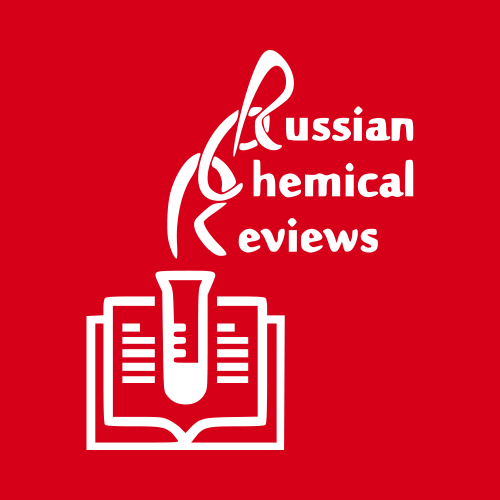
G-quadruplexes of KSHV oriLyt play important roles in promoting lytic DNA replication
ABSTRACT
Kaposi’s sarcoma-associated herpesvirus (KSHV) utilizes distinct origins of DNA replication (origin of replications) during the latent and lytic phases of its life cycle. Lytic DNA replication requires the participation of cellular and viral proteins to initiate replication at a specific region in the KSHV genome, oriLyt. These regions contain multiple secondary structures and binding sites for viral and cellular proteins. We discovered the presence of G-quadruplex (G4) sites in the oriLyt region. G-quadruplexes are secondary structures in nucleic acid sequences that are considered regulators of multiple biological processes, such as transcription, translation, and replication initiation. Importantly, herpesviruses have a high density of putative quadruplex sequence or formation sites in their genome, including in the regulatory regions, which control replication and transcription. The binding of RecQ1 to the oriLyt region of KSHV and its ability to unwind the G4 structures led us to speculate that G-quadruplex sites play an important role in lytic DNA replication. In this study, we confirmed the formation of stable G-quadruplexes through biochemical and biophysical assays. We further demonstrated that RecQ1, a helicase, associates with the G-quadruplex forming sites of the oriLyt. The functional significance of G4 sites and RecQ1 was confirmed through the stabilization of G4 and depletion of RecQ1 levels through shRNA. Furthermore, the detection of replication initiation through single-molecule analysis of the replicated DNA demonstrated that G4 stabilization leads to subdued replication initiation at the oriLyt. This confirmed the role of the G-quadruplex in regulating viral DNA replication, which can be used to control virus growth.
IMPORTANCE
Biological processes originating from the DNA and RNA can be regulated by the secondary structures present in the stretch of nucleic acids, and the G-quadruplexes are shown to regulate transcription, translation, and replication. In this study, we identified the presence of multiple G-quadruplex sites in the region (oriLyt) of Kaposi’s sarcoma-associated herpesvirus (KSHV) DNA, which is essential for DNA replication during the lytic cycle. We demonstrated the roles of these G-quadruplexes through multiple biochemical and biophysical assays in controlling replication and efficient virus production. We demonstrated that KSHV achieves this by recruiting RecQ1 (helicase) at those G-quadruplex sites for efficient viral DNA replication. Analysis of the replicated DNA through nucleoside labeling and immunostaining showed a reduced initiation of DNA replication in cells with a pharmacologic stabilizer of G-quadruplexes. Overall, this study confirmed the role of the G-quadruplex in regulating viral DNA replication, which can be exploited for controlling viral DNA replication.
Top-30
Journals
|
1
|
|
|
Nature Communications
1 publication, 33.33%
|
|
|
Russian Chemical Reviews
1 publication, 33.33%
|
|
|
Cell and Bioscience
1 publication, 33.33%
|
|
|
1
|
Publishers
|
1
2
|
|
|
Springer Nature
2 publications, 66.67%
|
|
|
Autonomous Non-profit Organization Editorial Board of the journal Uspekhi Khimii
1 publication, 33.33%
|
|
|
1
2
|
- We do not take into account publications without a DOI.
- Statistics recalculated weekly.




